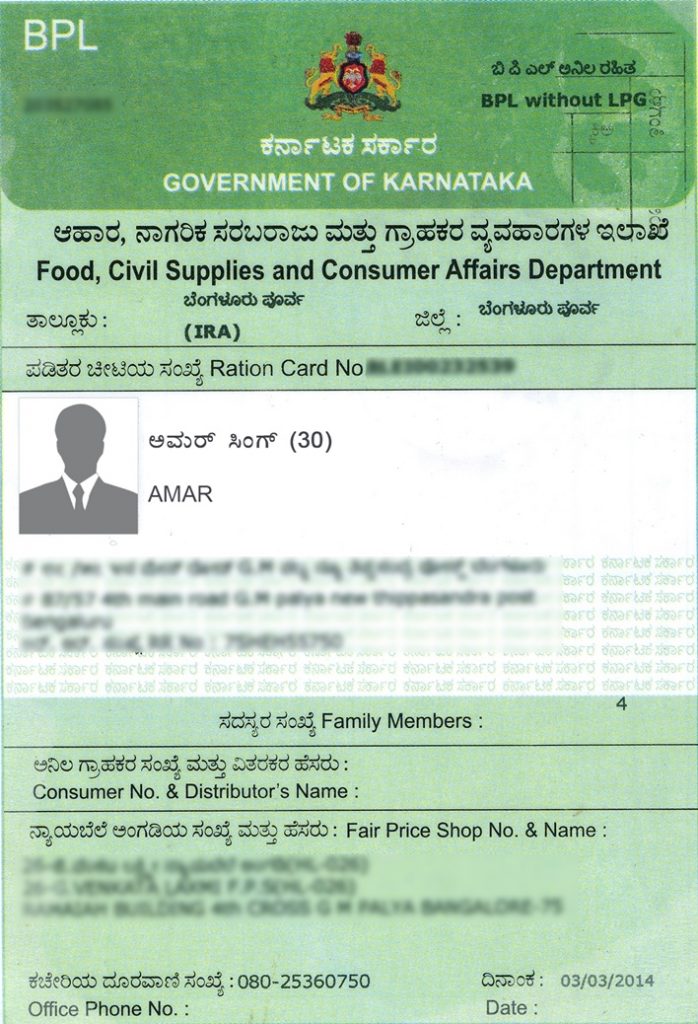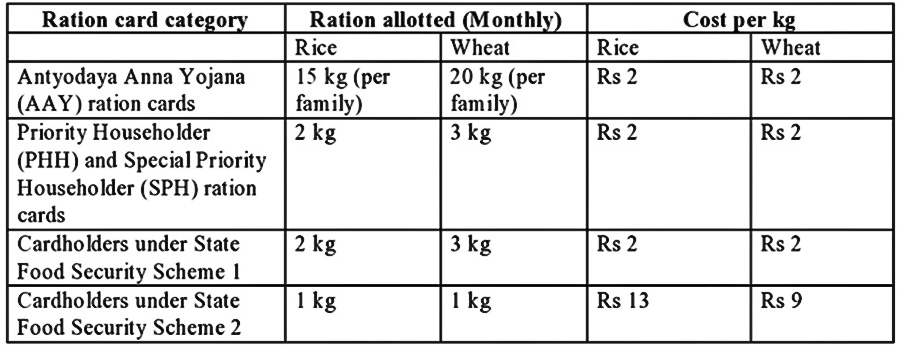In India, the Public Distribution System (PDS) plays a crucial role in ensuring food security for a significant portion of the population. Under the PDS, eligible households receive subsidized food grains through ration cards, categorized into different schemes based on socioeconomic criteria. Among these schemes, Below Poverty Line (BPL) and Priority Households (PHH) stand out as prominent categories, each catering to specific needs and ensuring access to essential food supplies.
Below Poverty Line (BPL): A Legacy of Poverty Alleviation

The BPL scheme, introduced in the 1990s, aimed to identify and support households living below the poverty line. The identification process employed various poverty indicators, including income levels, asset ownership, and social indicators. BPL households were entitled to receive a specified quantity of food grains at subsidized rates, ensuring access to essential nutrition.
Priority Households (PHH): A Refined Approach to Food Security

The PHH scheme, introduced under the National Food Security Act (NFSA) in 2013, replaced the BPL scheme and refined the approach to food security. The NFSA categorized households into two broad categories: Antyodaya Anna Yojana (AAY) households, representing the poorest of the poor, and PHH households. PHH households were identified based on a revised set of criteria, encompassing factors such as occupation, caste, and social vulnerability.
Key Differences: Unraveling the Distinctions
While both BPL and PHH aimed to address food security concerns, they exhibited key distinctions:
| Feature | BPL | PHH |
|---|---|---|
| Introduction | 1990s | 2013 |
| Identification Criteria | Income levels, asset ownership, social indicators | Occupation, caste, social vulnerability |
| Entitlements | Subsidized food grains | Specified quantity of subsidized food grains |
| Target Groups | Households below the poverty line | Households with specific socioeconomic characteristics |
Evolution of the PDS: Adapting to Changing Needs
Over the years, the PDS has undergone significant transformations to adapt to evolving needs and ensure effective food security. The introduction of the PHH scheme under the NFSA marked a refined approach, targeting households with specific socioeconomic vulnerabilities. Additionally, technological advancements have facilitated efficient distribution and monitoring of food grains under the PDS.
Conclusion: Ensuring Food Security for a Diverse Nation
The BPL and PHH schemes, as integral components of the PDS, have played a pivotal role in addressing food security concerns in India. By providing subsidized food grains to eligible households, these schemes have contributed to poverty alleviation, improved nutrition, and overall food security for a significant portion of the population. As the nation continues to progress, the PDS will undoubtedly evolve further, adapting to changing needs and ensuring that every citizen has access to essential food supplies.